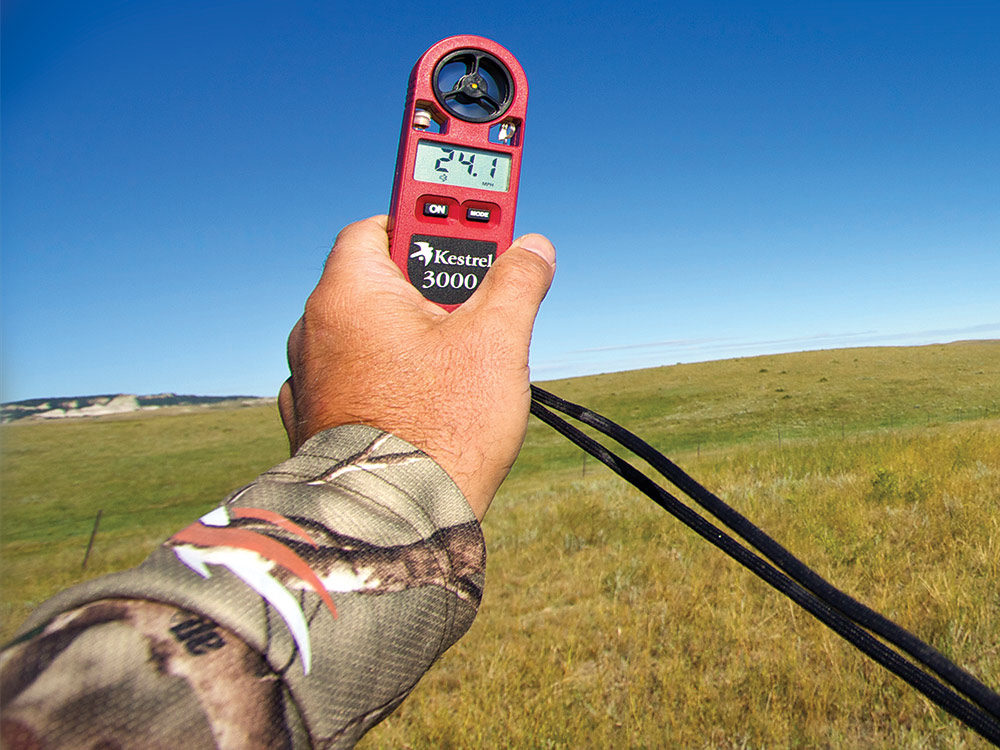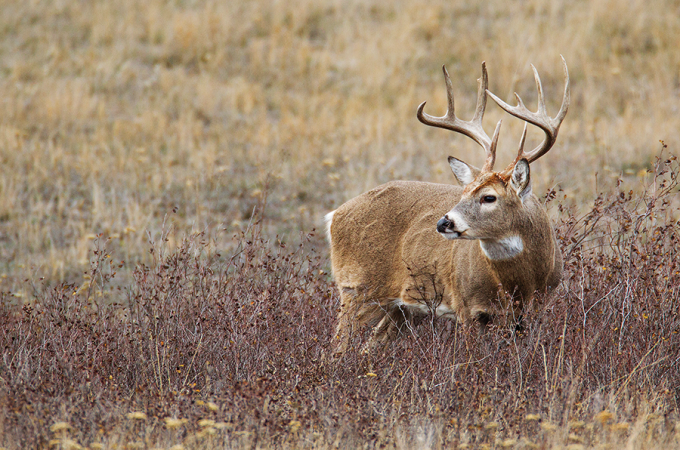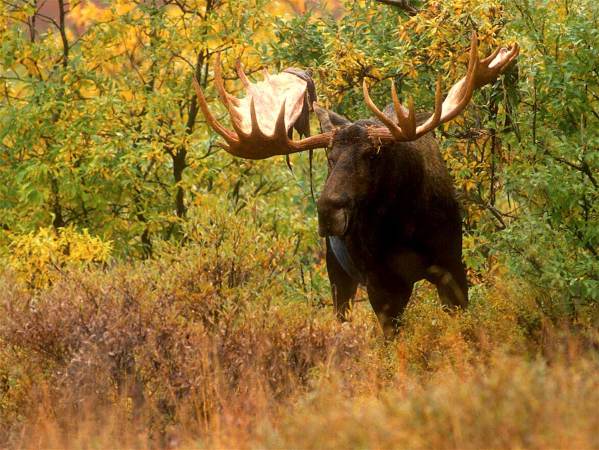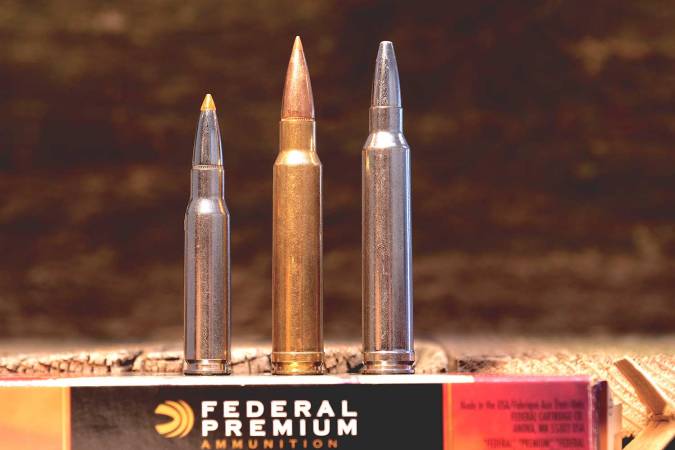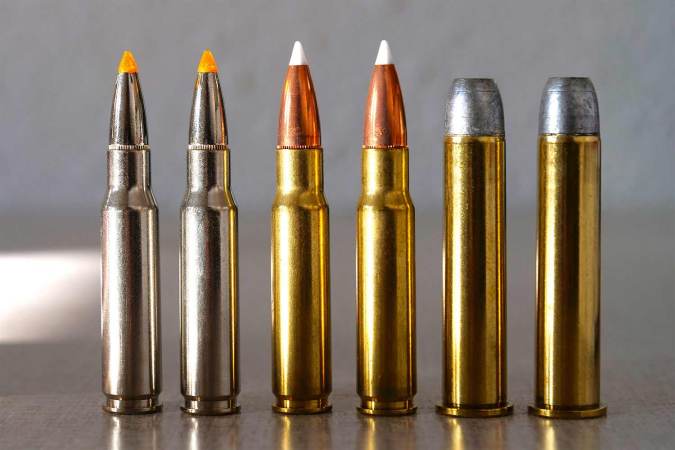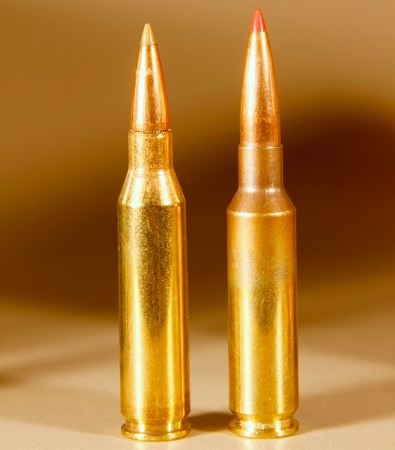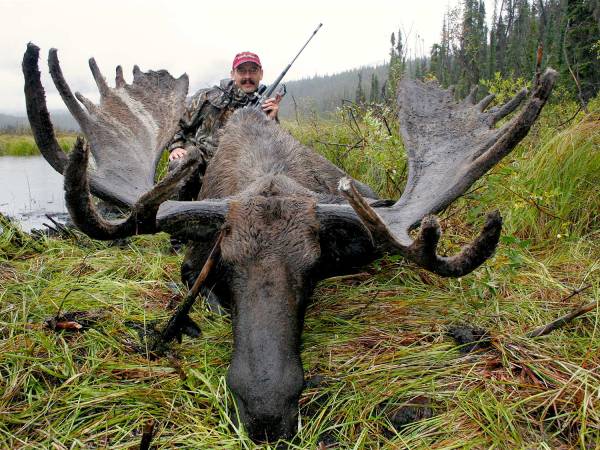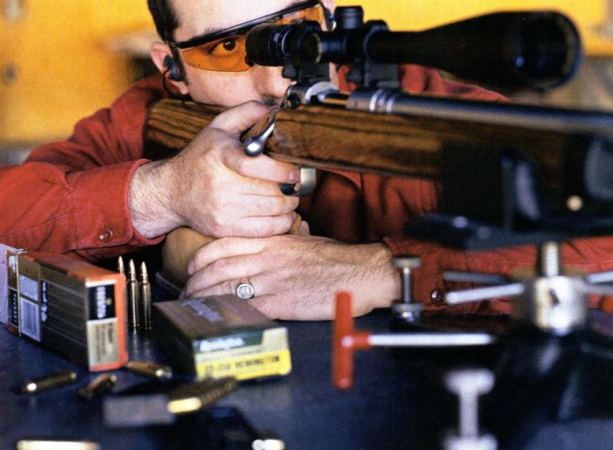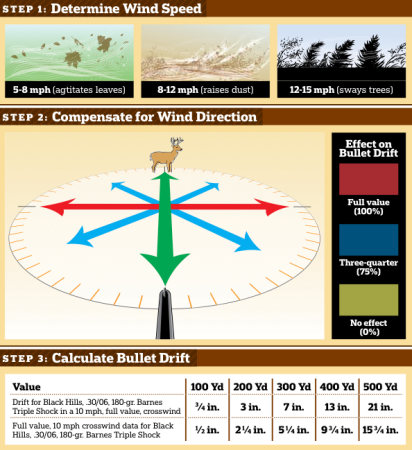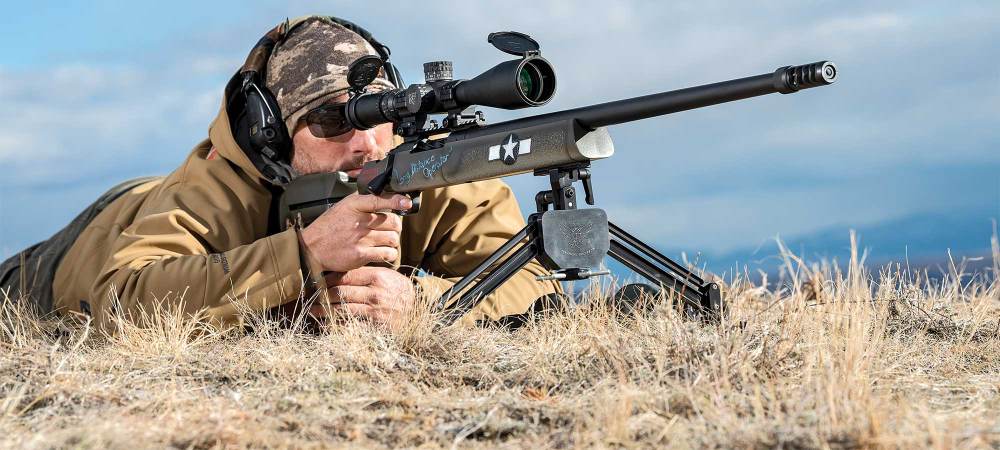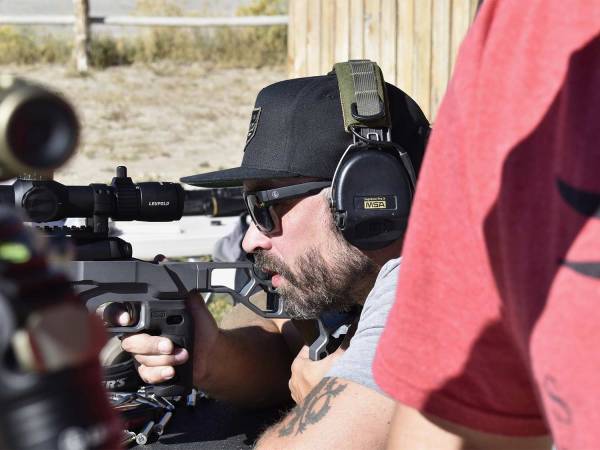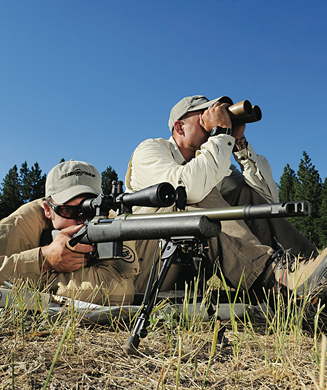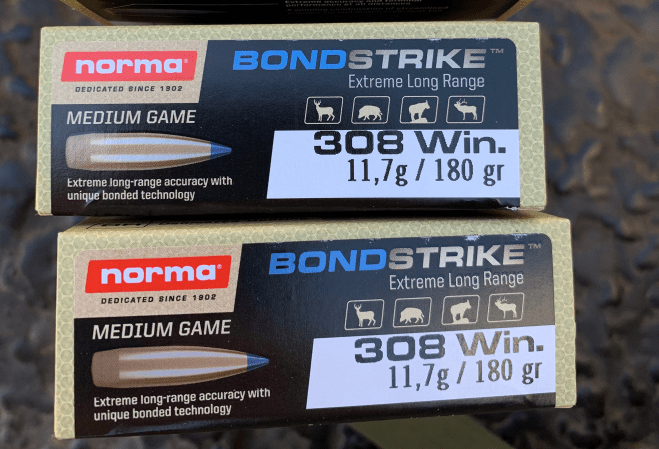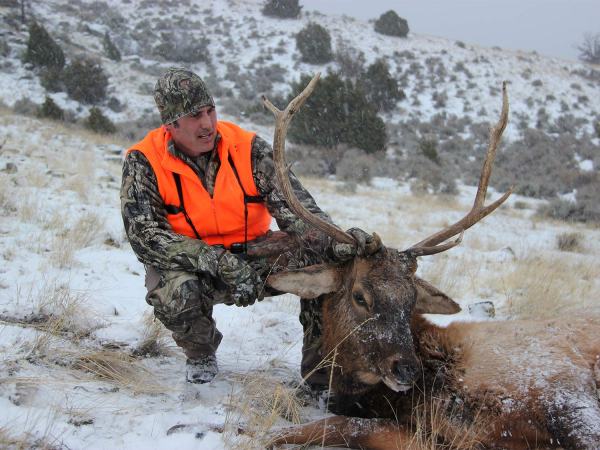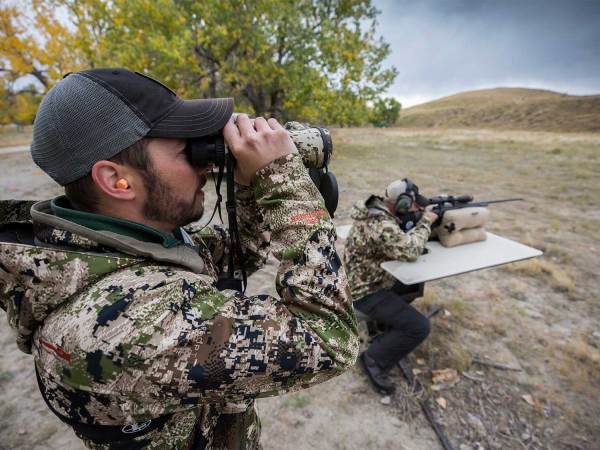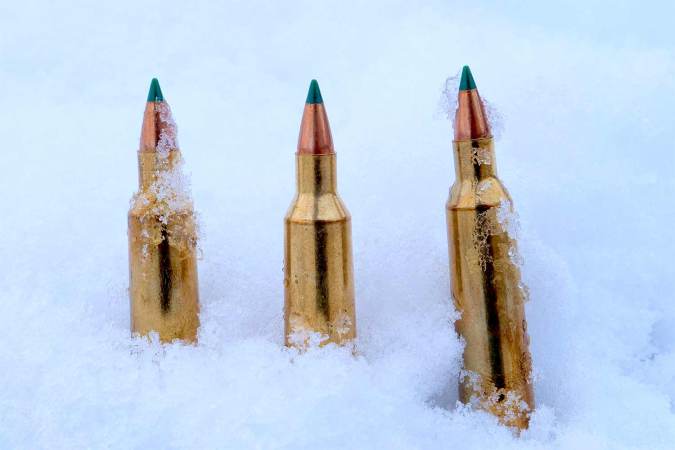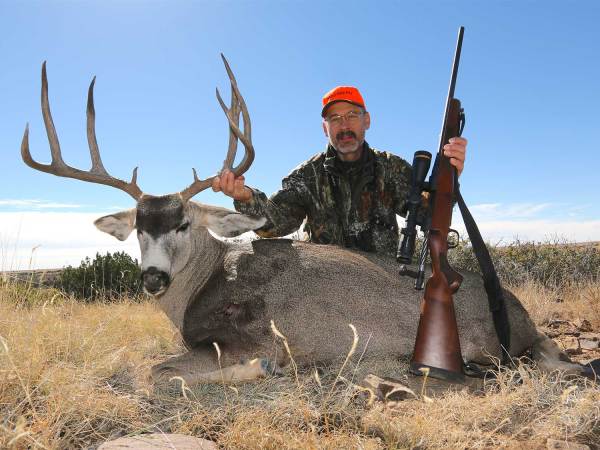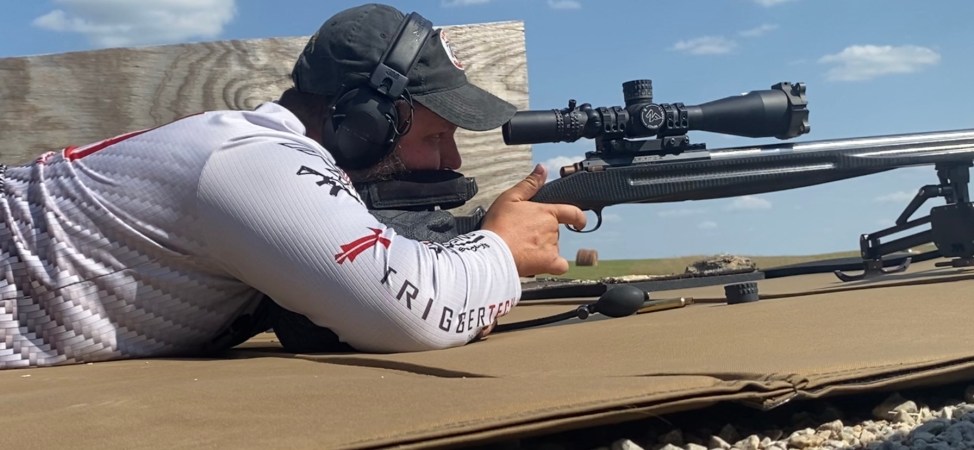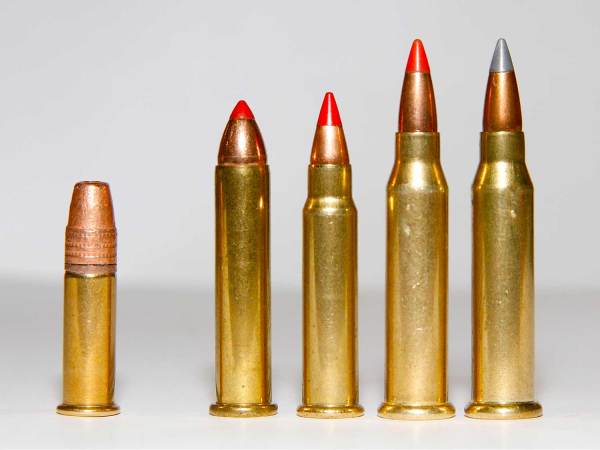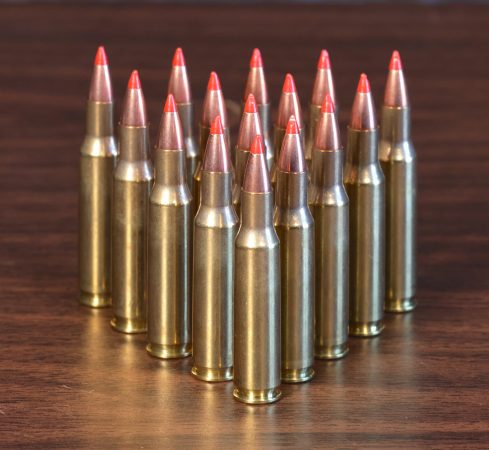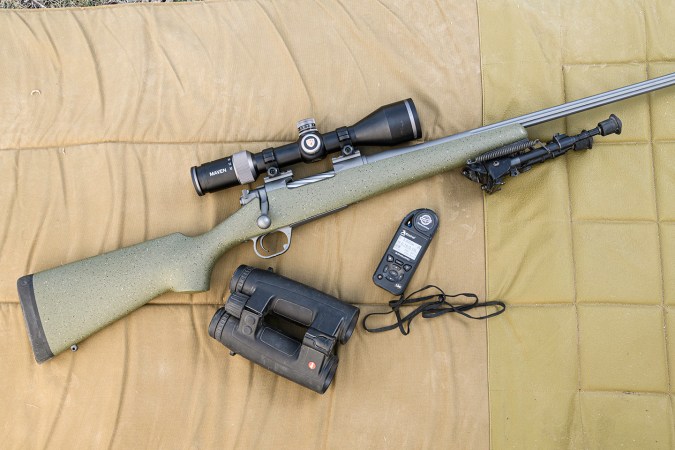We may earn revenue from the products available on this page and participate in affiliate programs. Learn More ›
A recent uptick in the public’s fascination with long-range shooting has revolutionized hunting. Not so long ago, elevation adjustments were holdover estimates based on bullet drop as it related to the animal’s body size; hold dead-on a whitetail buck at 200 yards, just under his spine at 300, and just over his back at 400, and you’re in business. Thankfully, modern optics that incorporate ballistic turrets, custom ballistic apps, and rangefinders make elevation adjustments much simpler and far more exact, but estimating windage is still a challenge. Your rangefinder and turret may give you the dope for elevation, but you’ll still have to figure out how to beat the breeze. When you’re shooting an elk or deer across a windy canyon, you must deal with a mosaic of thermals, cross currents, and topographical features that make placing your bullet exactly where you want it to strike a blend of science and art.
The Science of Wind Doping
Under most field conditions, you will dial for range and hold for wind. But how can you possibly know exactly how much windage is required? The first tool at your disposal should be a wind dope chart that is specific to your load. Based upon your bullet’s velocity and ballistic coefficient, and external factors like elevation, you should be able to determine wind drift.
For example, using an online ballistic calculator, I input data for a standard .308 Win. load with a 165-grain bullet with a G1 ballistic coefficient of .435 and a muzzle velocity of 2,700 fps. The results tell me that this particular load will drift 2.9 inches at 200 yards in a 10 mph crosswind. At 400 yards under the same conditions, that bullet drifts just over a foot. Windage values are also given in MILs and MOA, so if you have stadia lines in your scope’s reticle, you can adjust accordingly. An anemometer will help you assess wind speed, but only at your location. Caliber and bullet selection can help minimize wind drift: Long, heavy-for-caliber bullets with high BCs will be less affected by wind.
The Art of Reading Wind
Learning to read wind speed by observing environmental factors is a critical skill for shooters. For starters, assess the wind’s effect on grass and foliage at the target. This will provide not only an indication of the wind’s speed but also its direction. A 5 mph wind makes long grass sway and a 10 mph breeze will move more dense vegetation lightly.
Mirage is another vital wind-estimation tool. As heat waves rise above the ground, they drift with wind currents, and the angle of mirage travel is indicative of wind speed and direction. In light winds—less than 3 or 4 miles an hour—mirage drift will be minimal. Between 5 and 10 miles per hour, expect to see the mirage angle at about 45 degrees. And in winds above 12 miles an hour, the mirage will drift parallel to the target or disappear altogether. Don’t be fooled into reading wind speed just above the ground, though; evaluate the wind’s effect on mirage along the path of the bullet’s flight. Inconsistent mirage—which appears in your scope as a pattern of lines moving at differing angles—is indicative of winds of varying speeds between your location and the target.
Read Next: Shooting Tips: Clues to Help You Read the Wind
The key is not to identify exact wind speeds but rather to learn to bracket winds—to recognize winds in the 0 to 5 mph range, 5 to 10, 10 to 15, and calculate your holds accordingly.
Wind drift is most pronounced when currents are moving at a 90-degree angle to the bullet’s path. A perpendicular wind results in maximum drift; the impact of wind on bullet placement lessens as the angle decreases. In a zero-factor wind (blowing directly from the shooter to the target, or vice versa), wind drift will be minimal.
To become truly skilled in these wind-estimating techniques, double check your guesses with a handheld wind meter and by observing your actual bullet drift on targets.
